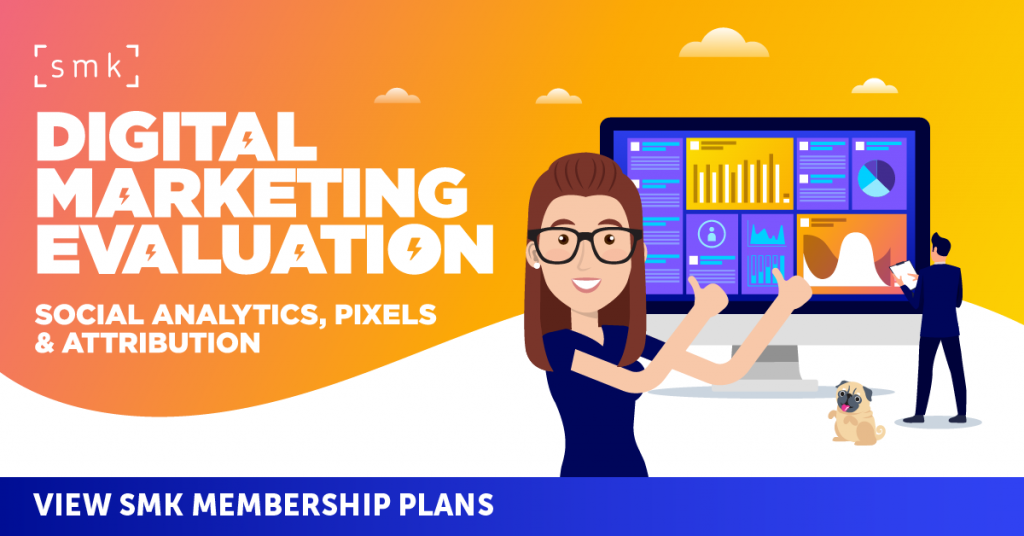Meta is rolling out a new feature within Ads Manager aimed at making its performance recommendations more visible and actionable. The Opportunity Score, which has been in testing for some time, is now being highlighted to more advertisers through a prominent notification system.
This score is designed to help advertisers understand how well-optimised their campaigns, ad sets and ads are, based on Meta’s best practices and AI-powered recommendations. While the tool is not new, Meta’s push to surface it more aggressively suggests it is becoming a central part of how the platform wants advertisers to assess campaign quality and improvement potential.
What Is Opportunity Score?
Opportunity Score is a 0 to 100 point metric that represents the degree to which your campaigns are aligned with Meta’s performance guidance. The score is generated by analysing how many of Meta’s Ads Manager recommendations you have implemented. Each recommendation carries a point value that reflects its estimated impact on performance, based on experimental data and AI modelling.
Some of the recommendations are straightforward, such as correcting formatting issues or addressing missing fields. Others are more strategic, like resolving audience fragmentation or enabling Advantage+ placements. Advertisers who action these recommendations may see their score improve immediately.
Importantly, a high score does not guarantee success, just as a low score does not imply failure. It simply reflects the extent to which your campaign structure and settings follow Meta’s optimisation rules.
A Real-Time Feedback Loop
Meta positions Opportunity Score as a near real-time feedback tool. As you apply recommendations, your score updates. If the system identifies new opportunities, those are added into the scoring model. Some recommendations may be worth more than others, depending on your campaign objective, business type, budget structure and historical performance across similar accounts.
For example, resolving fragmented audiences may improve your score by 35 points, while accepting Advantage+ placements might lift it by 5 points. These values are not static. They are derived from Meta’s aggregated data on what tends to work across a wide range of advertisers.
That said, the score is not purely additive. If your campaign has multiple errors, points are only awarded once all issues are resolved. In some cases, the score may not refresh instantly. Meta notes that the scoring system is still in development, and updates may not always happen in real time.
Why This Matters for Advertisers
Meta says advertisers who followed Opportunity Score recommendations in early testing saw a 5% median decrease in cost per result. While that number is not game-changing, it does point to incremental efficiency gains, especially in accounts that have under-optimised setups.
By making the score more visible, Meta is reinforcing its wider push toward automation and standardisation through tools like Advantage+ shopping campaigns, Advantage+ placements and audience suggestions. It is another step in Meta’s long-term shift toward AI-led ad optimisation.
Marketers should see Opportunity Score as a diagnostic tool rather than a performance report. A high score signals that your campaigns are well-aligned with Meta’s internal models. A low score indicates room for improvement based on known patterns. It does not necessarily mean your campaigns are failing, nor does it replace your own business logic or performance metrics.
Where You’ll See It
You can view your Opportunity Score in three places: the Account overview tab, the campaign table, and during ad creation in Ads Manager. Meta is now introducing alert-style notifications to bring the score to advertisers’ attention more proactively.
These alerts may highlight key recommendations that can boost your score or flag critical issues that need immediate action. If a recommendation is not applicable, you can dismiss it. Dismissed recommendations will move to a separate tab and will not impact your score. However, dismissed items remain visible at the campaign level and may reappear across different campaigns if relevant.
It is also worth noting that if your account has a system-level error, the Opportunity Score will not appear at all. This ensures that the tool is only active when campaigns are eligible for evaluation and improvement.
Strategic Implications
For performance marketers, the value of Opportunity Score will vary depending on how much you already rely on Meta’s automated guidance. If your campaigns are built around custom strategies, the score may feel like a formality. However, for mid-size teams or brands without dedicated optimisation resources, the score provides a helpful framework for assessing whether campaigns are following Meta’s proven paths to performance.
It may also be useful as an internal benchmarking tool. A rising Opportunity Score could signal improvements in campaign hygiene, error resolution or alignment with Meta’s automation ecosystem. Just remember, it should not be used in isolation. Campaign effectiveness should still be judged against your own business KPIs.
Data-Backed Guidance
Meta’s Opportunity Score is part of a broader trend: giving advertisers structured, data-backed guidance while nudging them toward increased use of automation. By making the score more visible, Meta is reinforcing the idea that system-driven optimisation is not just a suggestion but a central part of ad performance on the platform.
For marketers, this is both a helpful signal and a subtle shift in control. Following the score may improve your results. But it is up to you to decide when Meta’s recommendations align with your strategy — and when they do not.
Keep an eye on Ads Manager. If you have not seen the Opportunity Score yet, chances are, you will soon.




RECOMMENDED FOR YOU
Meta Partners With Midjourney in AI Boost
Meta has announced a new partnership with AI startup…
Meta has announced a new partnership with AI startup…
Meta Forces Ads Automation
Meta is accelerating its pivot to fully automated advertising,…
Meta is accelerating its pivot to fully automated advertising,…
Google Unlocks Branded Search Measurement
Google has introduced a new conversion metric for advertisers:…
Google has introduced a new conversion metric for advertisers:…